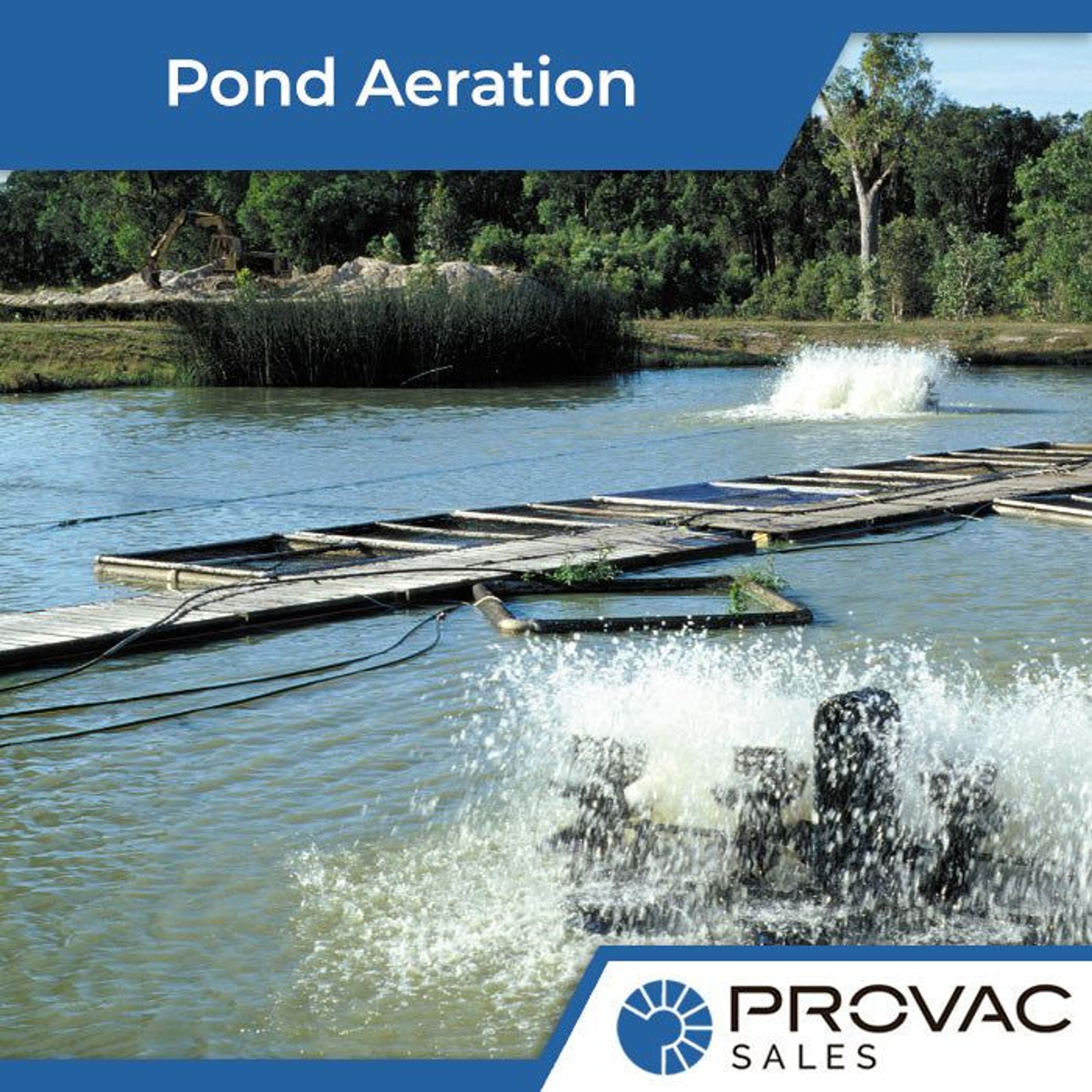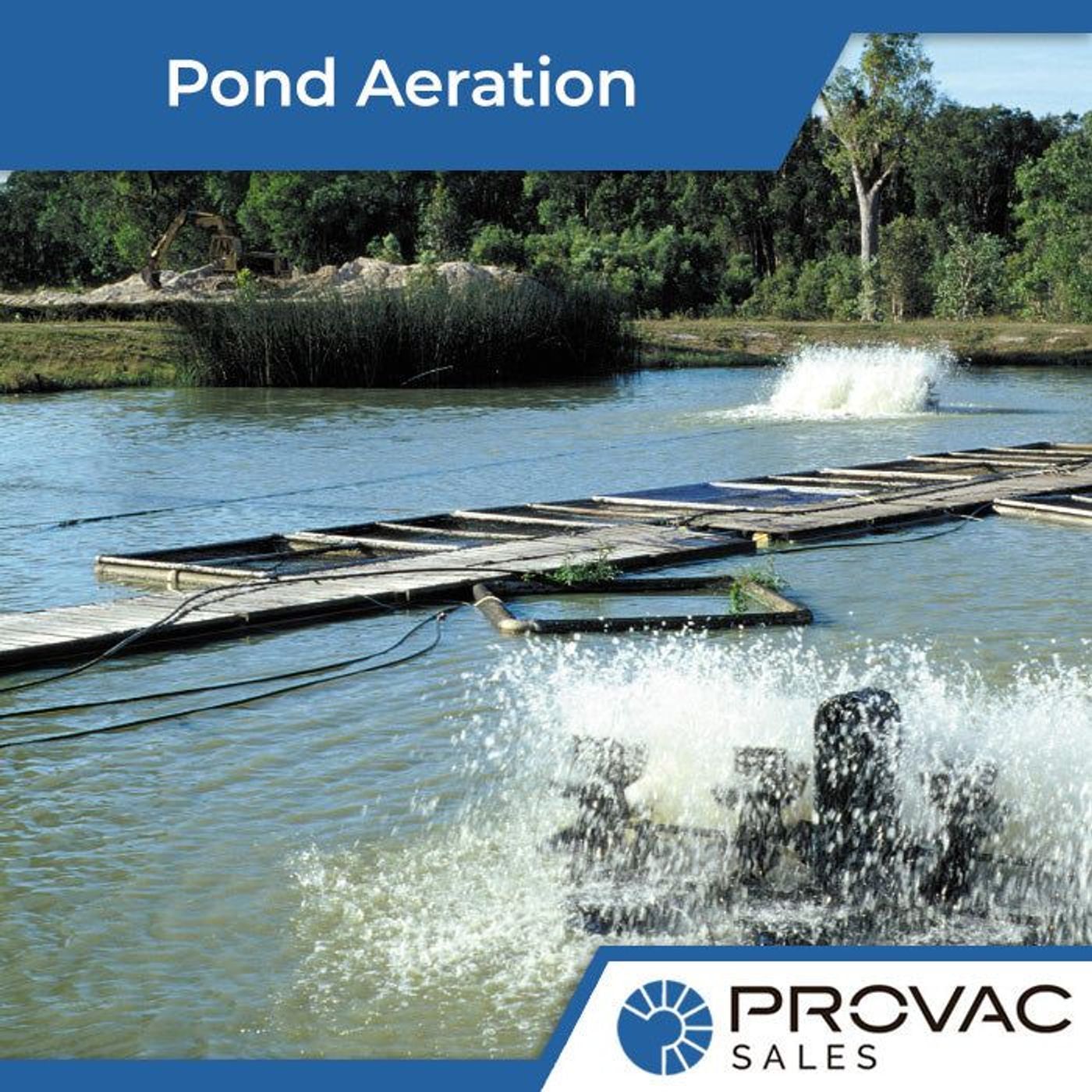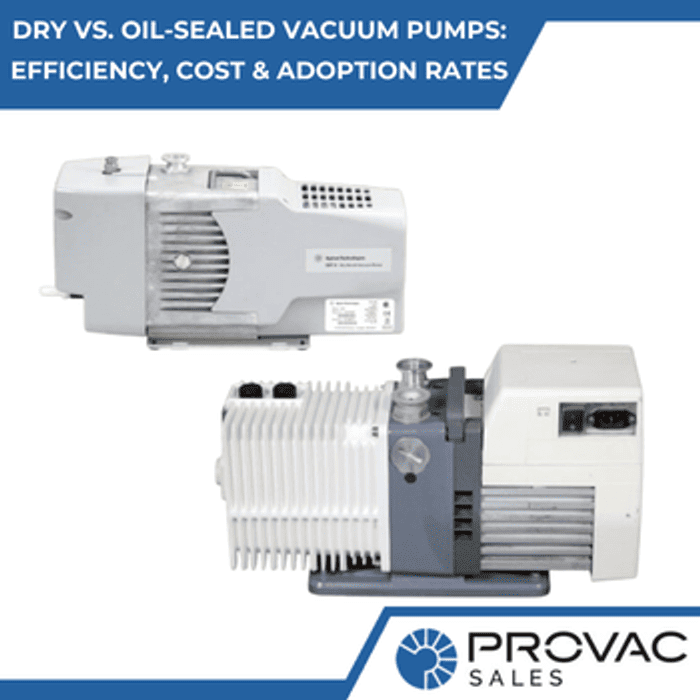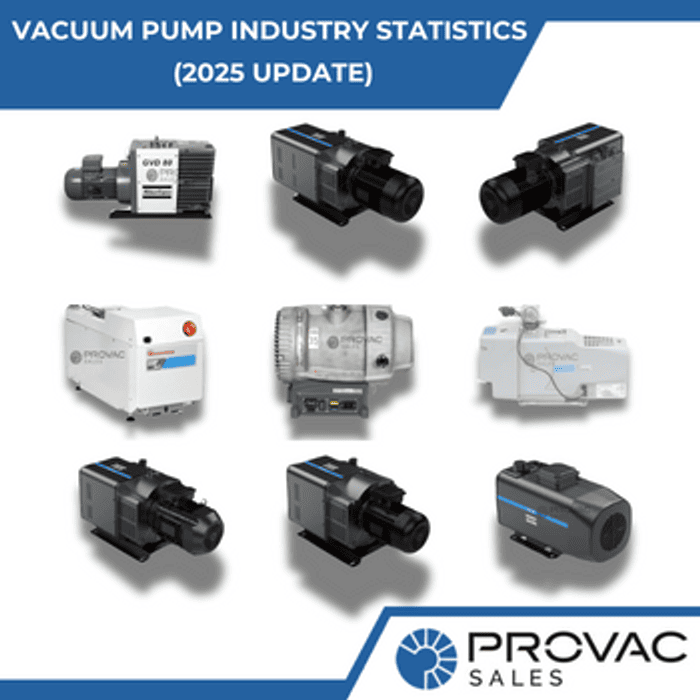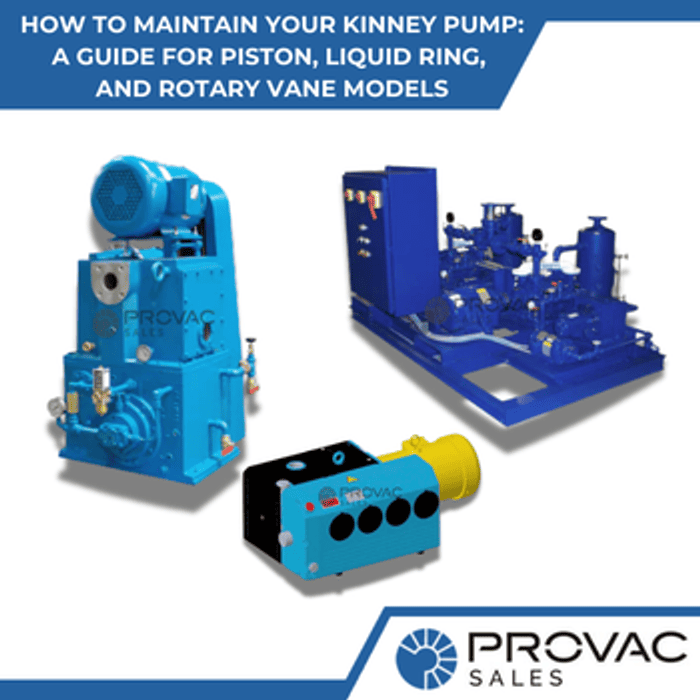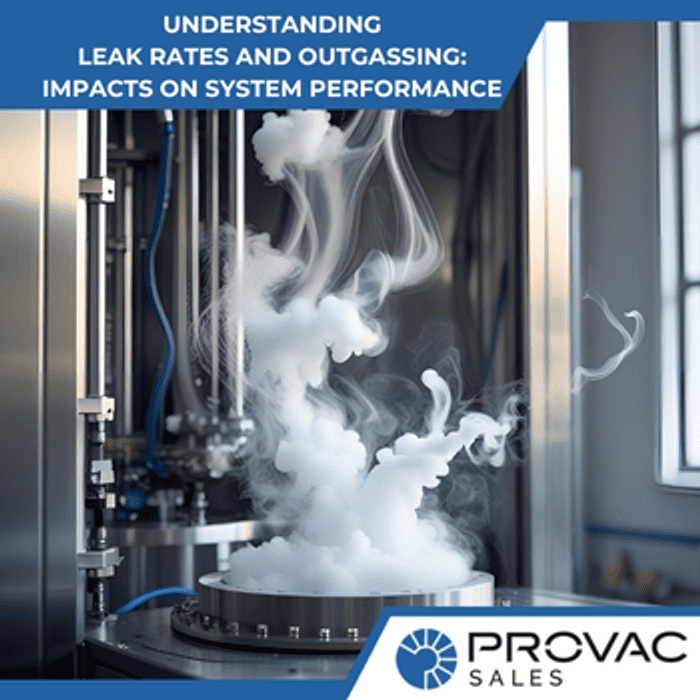In natural water bodies, the supply of oxygen to fish is plenty to meet their needs. The dissolved oxygen from the atmosphere combines with oxygen produced by photosynthesis from aquatic plants to supply fish with enough oxygen to survive and thrive. However, fish and prawn ponds are markedly different environments compared to natural bodies of water.
For starters, the fish or prawn population density is much higher than in natural water bodies. As such, there is a higher oxygen demand. Additionally, commercial fish and prawn ponds have an economic element to their use. Many farmers are interested in ensuring the fish can consume as much feed as possible, convert the feed more efficiently, and grow fast to make harvesting equally fast.
Consequently, aeration machinery becomes an indispensable part of the fish and/or prawn pond infrastructure. Without proper aeration of the ponds, production will be low, and, in some extreme cases, there is a risk of suffocating the fish.
Why Aeration is Important For Prawn and Fish Ponds
Pond aeration is essential in enriching the water with oxygen. In fact, the main goal of aeration is to diffuse more oxygen into the water and increase oxygen concentration. However, aeration is also essential in other ways. For instance, it:
#1. Improves Water Quality – The sludge that forms over time in the pond contains harmful substances such as nitrates, nitrites, and ammonia. Infusing more oxygen into the water by aeration helps to decompose the sludge much quicker and more efficiently. Increased levels of oxygen allow aerobic bacteria to thrive in water. In turn, the bacteria can break down sludge, preventing these substances from spiking. This improves the overall water quality for the fish in the pond.
#2. Helps to Uniformly Distribute Oxygen in Water – Dissolved oxygen concentration tends to be higher in colder water. Additionally, temperature stratification in water ponds creates layers of water with different temperatures. In cases where the water temperature is not uniform, the aerator functions as a water redistribution mechanism. Water aerators move the cold oxygen-rich water to the warmer parts of the ponds, which, in turn, helps to distribute oxygen-rich water all over the pond. This enhances oxygen uniformity in the water.
#3. Prevents Pond from Freezing – Proper aeration can prevent your pond from freezing. Constant water moving prevents ice crystals from forming, which reduces the need for a deicing system. Furthermore, moving water from deep in the pond to the surface helps negate the accumulation of toxic gases deep in the fish or prawn pond.
#4. Controls Mosquito Breeding – Still water is the best habitat for mosquitoes to lay eggs. By aerating and forming bubbles in the water, you agitate the water enough to prevent mosquitoes from breeding on your pond. Aerating your pond is an easy means of controlling the mosquito population around your property.
#5. Helps to Prevent Algae Growth – Increasing the oxygen levels in water helps control the phosphorus levels in the water. Controlling phosphorus levels helps to prevent the growth of algae, since they rely on phosphorus to thrive. Moreover, the aerator can also help push the algae spore deeper into the pond water, reducing the amount of sunlight they access for growth. Finally, as the aerator mixes and moves water, it treats the hydrogen sulfide that causes pond odor.
The amalgamation of these benefits of aeration allows commercial fish and prawn ponds to hold anywhere from twofold to threefold as much fish as is possible without aeration.
How Vacuum Pumps Help in Prawn and Fish Pond Aeration
The rate of gas transfer (in this case, oxygen) between air and water depends on 3 factors:
- The amount of turbulence,
- The ratio of water volume to surface area exposed to air, and
- The oxygen surplus or saturation deficit.
The vacuum pumps used in fish pond aeration help in this process by:
#1. Vacuum Pump Aerators Create Turbulence in the Water
The gas transfer between air and water occurs at the air-water interface. In calm conditions, the water film at the interface becomes saturated with oxygen quite quickly, slowing the gas transfer process significantly. Under these conditions, the thin film of oxygen-saturated water inhibits the water below from absorbing more oxygen.
Increasing turbulence allows the water to mix and, therefore, restores the saturation deficit necessary to absorb more oxygen readily. A vacuum pump aerator forces the saturated layer of water to sink deeper into the water and the unsaturated water to rise to the top, which exposes more water to air.
#2. Increases Surface Area
The aerator increases the air-water surface area by creating bubbles and breaking the water into fine drops. This increases the surface area to water volume ratio. By increasing the surface of water exposed to air, a given volume of water absorbs more air much quicker, increasing aeration.
Conclusion
Aeration is an essential component to make the use of fish and prawn ponds viable. Vacuum pumps used in the aeration of fish and prawn ponds use turbulence and increase the ratio of surface area to water to improve aeration of the water, thereby improving the water quality for the fish and prawns.
